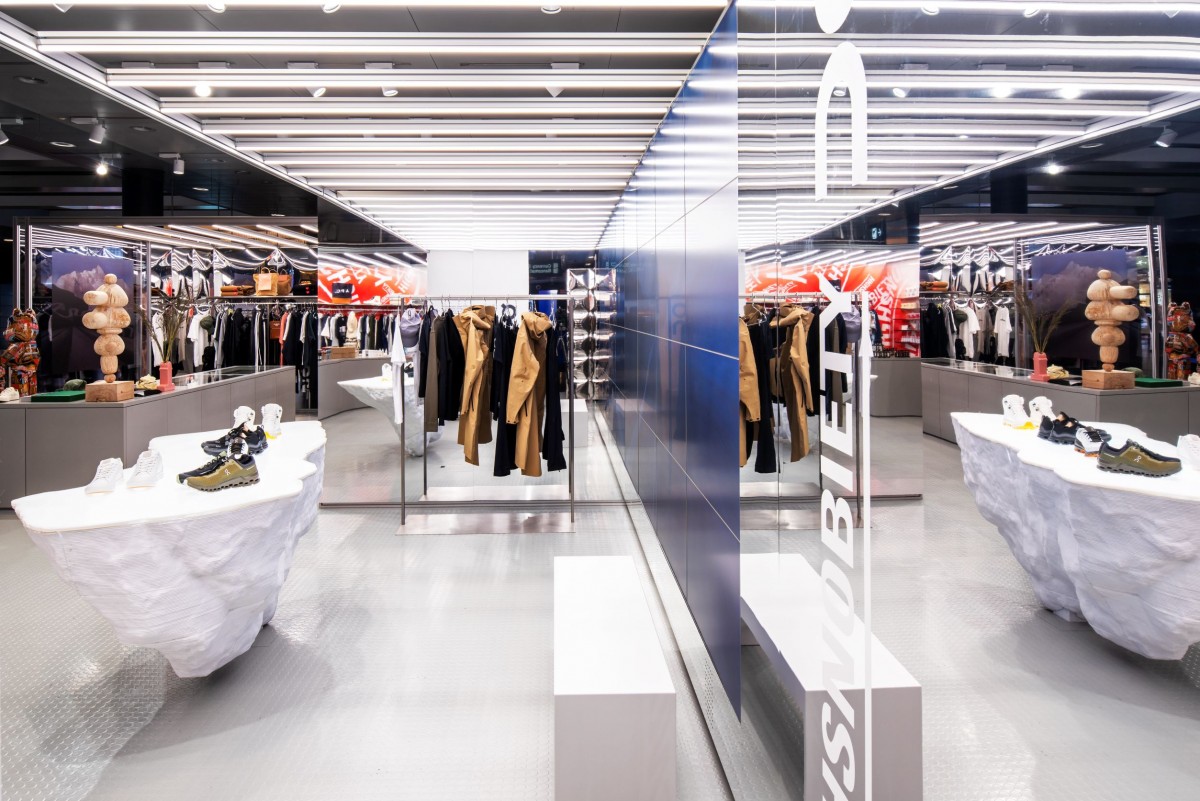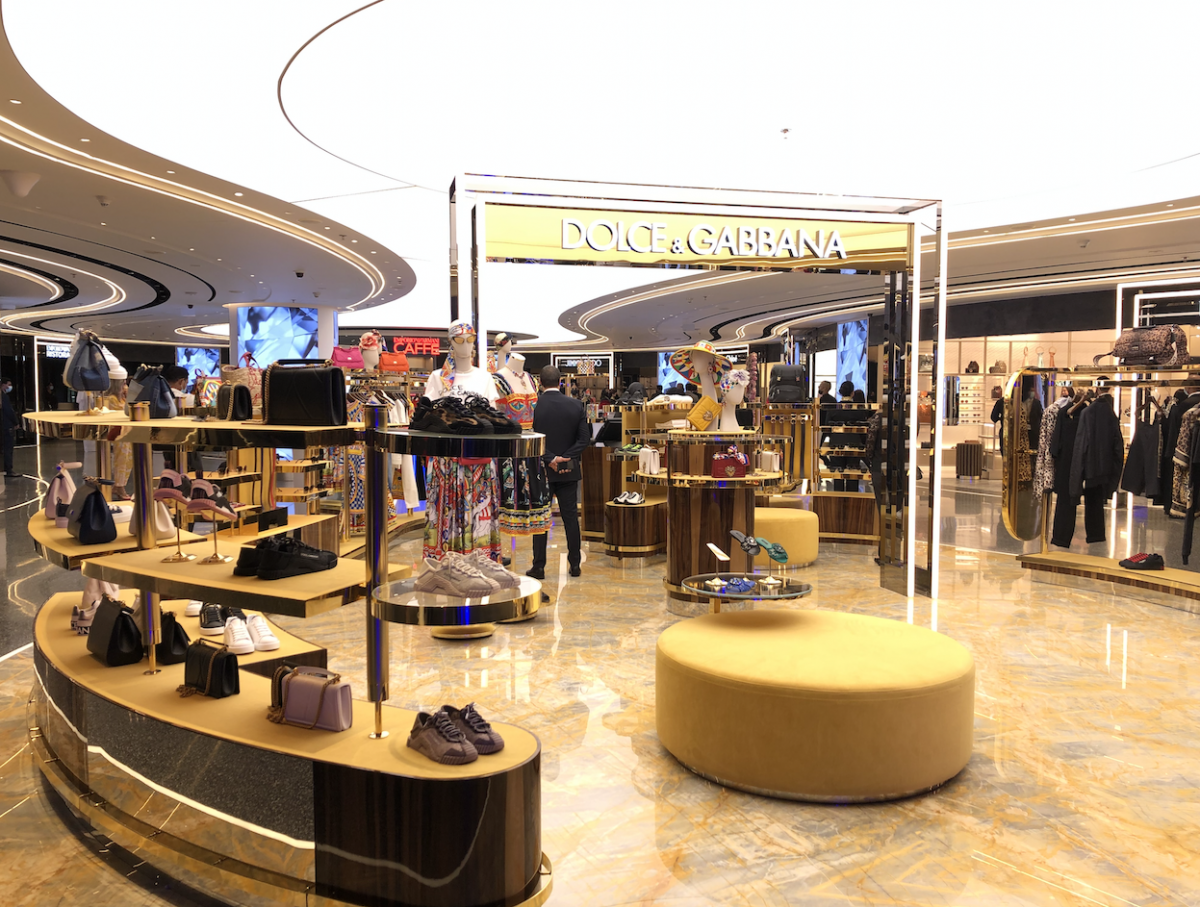I saw an article in the Wall Street Journal recently which appalled me. It was titled: Why your airport may no longer resemble a luxury shopping mall.
It went on to argue that with changing shopper demographics, more younger people coming into the market and high rents for brands, those airports which used to resemble luxury shopping malls will need a new plan.
This will come as a surprise to many in the industry – and is completely out of touch with the reality being experienced by those of us who live and breathe travel retail every day. For starters, no airport is set to look like a giant mall, as demand for experiential and digital engagement continue to reshape the reality of our business.
But any suggestion that luxury is losing its place in travel retail is so wide of the mark it becomes laughable. Luxury has performed strongly throughout the pandemic as is evidenced from the impressive results that big luxury houses have delivered from the moment stores reopened.
Any suggestion that luxury is losing its place in travel retail is so wide of the mark it becomes laughable
Airports too are already banking on the power of luxury going forward. Look at the stunning Viale di Lusso which opened at Hamad International Airport just last year. This is a monument to the importance of luxury within this sector. Brands are showing the same positivity. Late last year, Chanel returned to Incheon Airport and released a holiday collection with Schiphol. Last summer, Highsnobiety broke new ground with a store at Zurich Airport and Lagardère opened a new luxury offer in Chengdu.
The truth is that luxury remains a core part of the travel shopping experience. It delivers an opulence, excitement and experience that no one else can match – and travellers are in a mood to celebrate.
The wider industry knows this too. Indeed, far from demanding half of profits (as the article suggested) many airports I speak to are keen to bring luxury brands in and make them a part of the offer.

Some of the challenges and changes cited in WSJ are true: Shopper demographics are changing and the Chinese aren’t around. But to suggest this is an end to luxury is very wrong. A recent TFWA 365 webinar on the subject of fashion and luxury highlighted the fact that Russian and other shoppers are moving in and spending big in the market already. In fact, Gebr Heinemann is seeing sales return to pre-pandemic levels and higher in some stores already. And this is before recovery truly takes off.
Shopper demographics are changing, it is true, and Low Cost Carriers will bring different shoppers through. But not only are these not shoppers who automatically ignore luxury, but they are about to be joined by long-haul international travellers who are among luxury’s core customers. And any suggestion that young people do have money to spend and the desire to do so is also totally wrong – look at the huge role of luxury in social media and the nascent metaverse. These are platforms dedicated to young people which are hotbeds of luxury and luxury innovation.
That innovation is bringing change and the role of luxury stores at airports will evolve too. Of course it will. But luxury remains at the beating heart of this exciting and vibrant market and to suggest otherwise is to fail to recognise that luxury will not just be a part of travel retail’s future but at the heart of building it.



